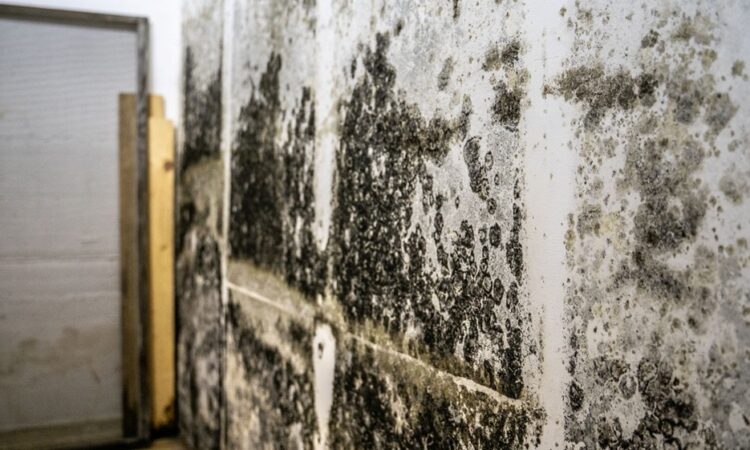Water leaks can cause significant damage to a property, from structural issues to unsightly water stains. But one of the most worrisome consequences is the potential growth of mold. Mold is not only unpleasant to look at, but it can also pose health risks to those exposed to it. In this article, we will discuss how quickly mold can grow after a water leak, the factors that affect its growth, and signs of mold presence.
How Quickly Does Mold Grow After a Water Leak?
Mold spores are ubiquitous in the environment, and under the right conditions, they can start to multiply rapidly. The ideal environment for mold growth includes moisture, warmth, and a food source – all of which can be found in abundance in the aftermath of a water leak. In as little as 24-48 hours after a leak, mold can begin to grow and spread on affected surfaces.
Factors Affecting Mold Growth Rate
There are a few key factors that influence the speed at which mold grows after a leak, including:
Amount of Moisture
A higher level of moisture means more opportunities for mold to thrive. In cases where water infiltration is significant, the rate of mold growth will be faster.
Temperature and Humidity
Mold thrives in warm, humid conditions. If the area surrounding the leak is poorly ventilated, it can create a perfect environment for mold to spread quickly.
Type of Material
Mold has an easier time growing on porous materials like drywall, wood, and fabric, as they retain moisture longer and provide ample food sources.
Types of Molds
There are various types of mold that may be encountered in your house, and each type may grow at a different rate. Some species can grow faster than others, depending on their specific requirements.
Signs of Mold Growth After a Water Leak
To minimize the damage and health risks, it’s essential to recognize the early signs of mold growth. These can include:
- Musty odors
- Discoloration on surfaces
- Damp, swollen walls, ceilings, or floors
- Worsening allergy symptoms or respiratory issues
Tips for Mold Remediation and Prevention
To address mold growth after a water leak, acting quickly is imperative. Here are some tips for effective mold remediation and prevention:
- Fix the source of the leak as soon as possible to prevent further damage.
- Dry the affected areas thoroughly using fans, dehumidifiers, or professional drying equipment.
- Remove porous materials that have been heavily affected by molds, such as damaged drywall or carpeting.
- Seek the help of professional services for mold remediation in Atlanta to ensure the issue is properly addressed and no harmful spores remain.
To Sum Up
Mold growth after a water leak can happen rapidly and potentially harm the occupants of the property. To learn more about how molds affect people check out this blog. Early detection, swift action, and professional mold remediation can help minimize damage and keep everyone safe. If you suspect mold growth in your home, don’t delay – take action right away.

